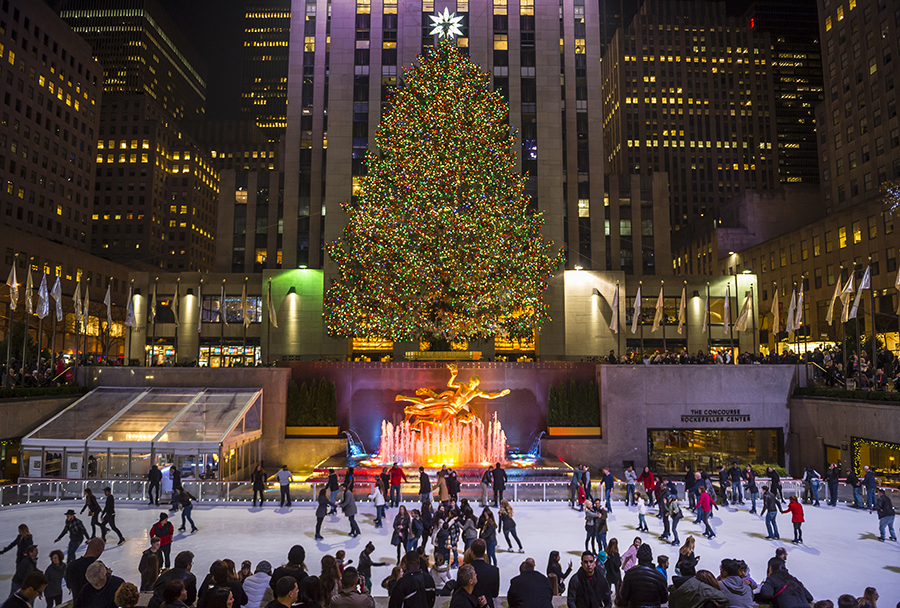Now that the Christmas season is here, you’re probably seeing red and green decorations and merchandise all over the place. These colors aren’t just the ones scientifically proven to be the most striking to the human eye when put together, though that may be the reason they stand out more than any other holiday color combination. There is considerable history and symbolism behind them.

Evergreen plants such as holly are often bright red and green, which stand out even more against the snow and dead branches of winter. According to scholars, these plants were used in Celtic winter solstice festivals in hopes of good fortune and a prosperous season. As they became associated with another winter holiday, Christmas, in the centuries to come, observers also adopted the holly plant as a symbol, with the evergreen leaves representing eternal life and the red berries representing the blood of Jesus Christ.

However, despite the historical significance, red and green did not mean “Christmas” in the wider commercial sphere until 1931. This was the year that artist Haddon Sundblom drew the images of Santa Claus for Coca-Cola’s famous Christmas-themed advertisements (an effort he would continue until 1964), which not only popularized the image of Santa Claus as a fat, jolly old man, but prominently placed red and green together. From there, the striking imagery was permanently set into the public consciousness, and now red and green are most popularly known as “Christmas colors.”
If you have any questions or concerns, always feel free to contact us at info@gravityintprog.com. Stay safe and healthy, and Merry Christmas!






